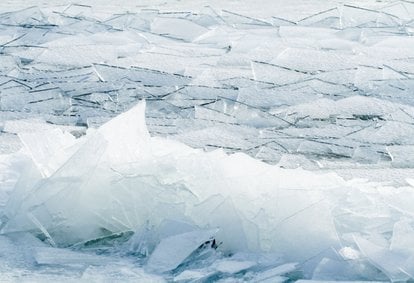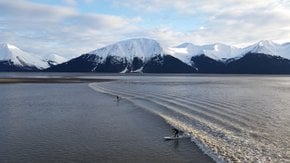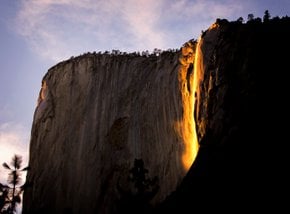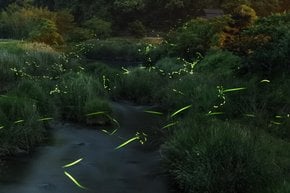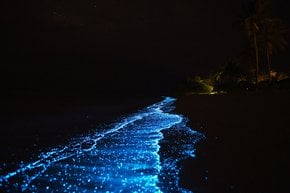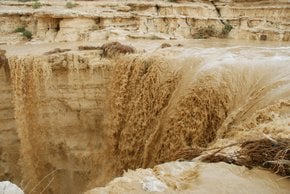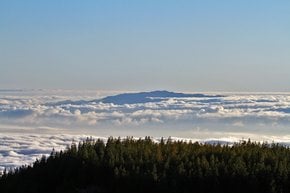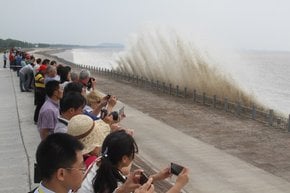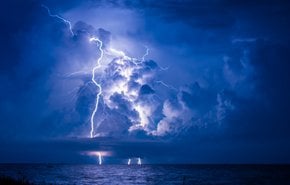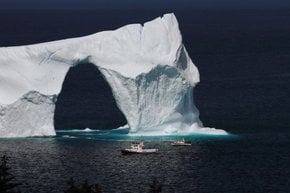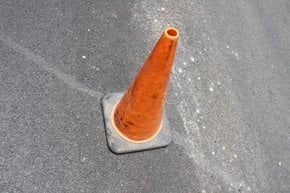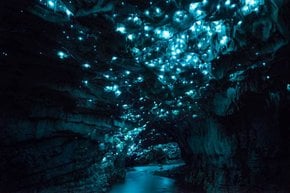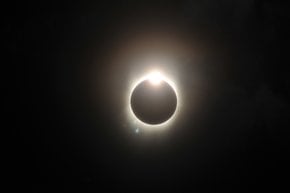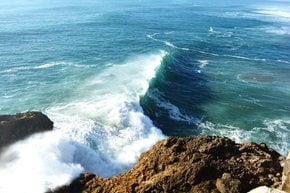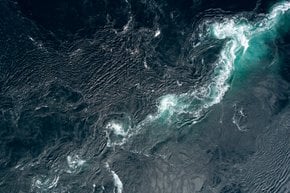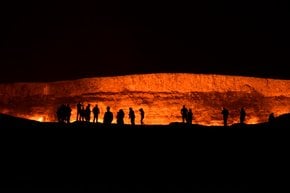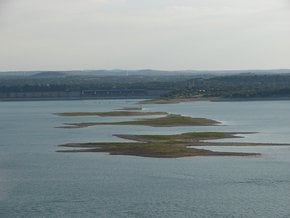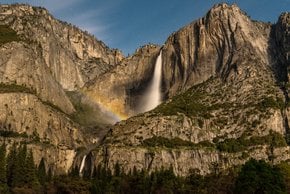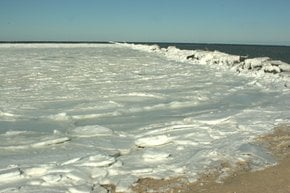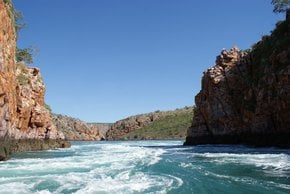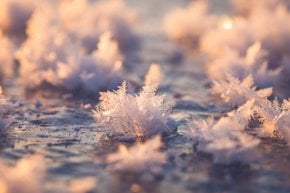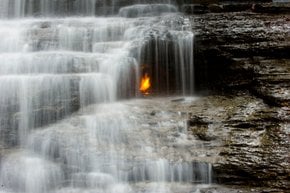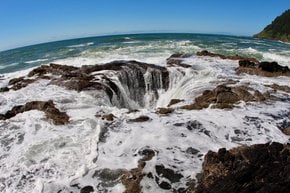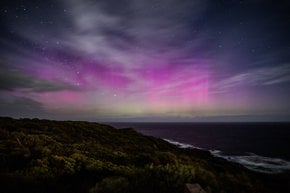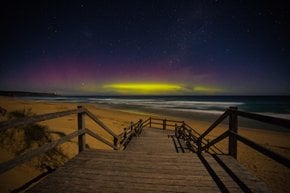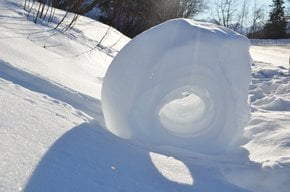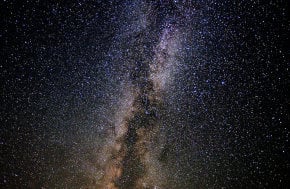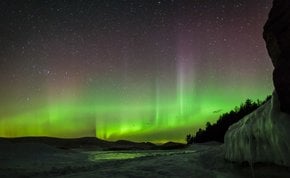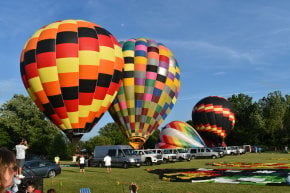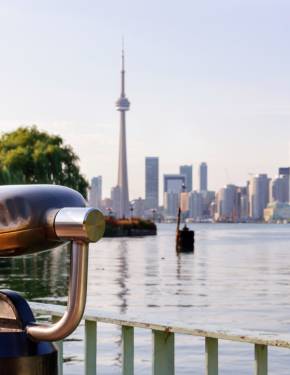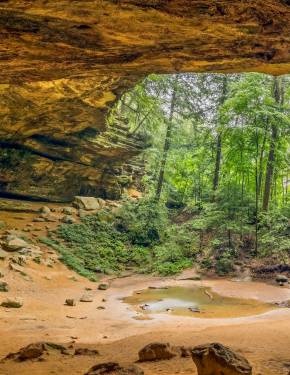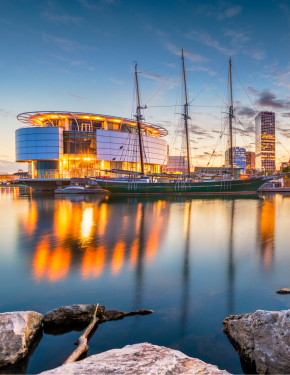Ice Shards on the Great Lakes in Michigan 2026
The ice cover gets shattered to knife-sharp pieces as spring takes over winter
Best time: mid–February–late March
Ice shards can be dangerous, but they surely look stunning! The phenomenon occurs during colder winters. When weather permits ice shards on the Great Lakes attract many photographers and nature enthusiasts. They can be observed in late winter to early spring on Lake Huron, Lake Superior, and even Lake Michigan that sometimes gets an ice cover.
Shards of blue ice start piling up when temperatures are rising in February, and the thaw causes water underneath the ice to move, pushing it up. Lake Superior, which is the largest of the Great Lakes, gets almost completely frozen on some years. In 2019, the ice coverage reached 90%, while in 2020 it was around 20%. Ice shards can be observed along the shore in Northern Wisconsin and Minnesota. Duluth, Minnesota, is where locals see it every other winter.
Lake Michigan can get covered in ice by 56% on, especially cold winters. In 2020 it barely had any ice, though. Still, if you get lucky, you can still see impressive ice shards in Milwaukee, Wisconsin, South Haven, Michigan, and even in Chicago, Illinois. The Straits of Mackinac between Lake Michigan and Huron usually showcases amazing ice shards in late February. The phenomenon is dependent on the weather and the severity of winter. Unfortunately, with global warming progressing, winters get warmer and the Grat Lakes get less ice cover, so you will need all your luck to see it.

